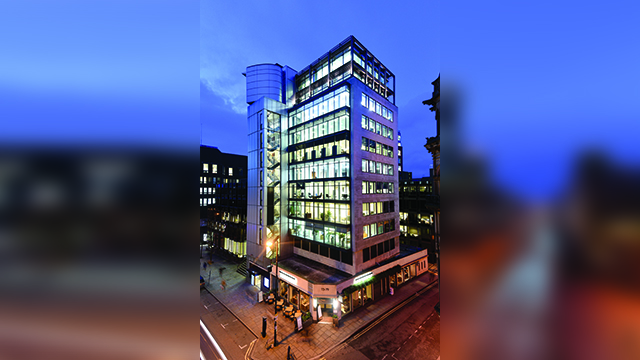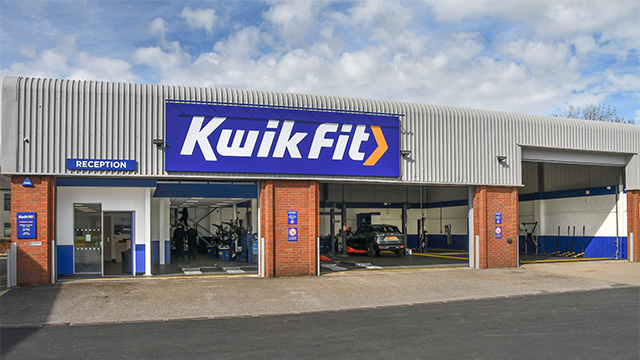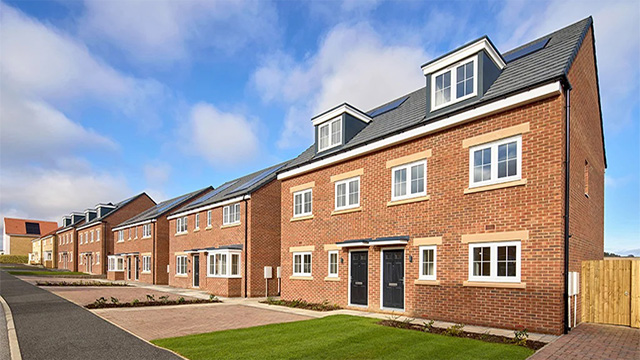Bruce Ritchie is in a buoyant mood. Spring is in the air – just – and the ebullient residential entrepreneur is sitting comfortably in his office at Grosvenor Street, W1, after securing a major deal through Prime London Ventures, the vehicle set up by Ritchie’s Residential Land together with North American partners Ivanhoé Cambridge and Apollo Global Management.
It has just acquired the 127,600 sq ft Thurloe Estate in the heart of Chelsea, SW3, from Brandeaux for £100m – which represents the venture’s second tranche of investment in London’s private rented sector.
The deal brings the value of Prime London Ventures’ total investment in the capital’s private rented homes to about £500m. Its first fund – comprising about £400m in stock – was fully invested last autumn after it bought Imperial House, W8, and Strathmore Court in St John’s Wood, NW8, for £15m and £40m respectively. The venture is now working on a third fund, which is set to have more than £600m of firepower. And it currently has another £130m of deals under offer and in the pipeline.
Ritchie says: “From where we sit, with our fingers in all sorts of London residential pies, there’s no cooling off of demand. The market is probably not getting hotter, but it’s nice and constant at the moment, which is good.”
Prime London Ventures has put 14 blocks of flats under its belt since it launched in 2012. Its ambition then was to build a PRS model focusing on 24 postcodes in the wealthiest parts of London. It has gone big, bidding on some high-profile stock, including the Shell Centre, SE1.
However, Ritchie concedes it is difficult to secure stock from investors and developers because so many want to break up the blocks and sell the flats to overseas buyers. As the central London market heats up, the joint venture’s buying criteria has evolved.
Ritchie explains: “We see prime central London evolving as the £1,000 per sq ft wave rolls outwards. We’re now giving ourselves the flexibility to look at a wider zone. It’s literally one postcode around where we have already been operating so it’s a fairly clean wave.”
The venture considered making use of the relaxed planning laws to convert offices into new homes, but decided to stick with what it knows best.
“Our skill set lies in buying and refurbishing existing buildings,” Ritchie explains. “If we turn into a Berkeley, trying to build from the ground upwards or go for planning gain, I think we’ll lose our focus on what we’re good at.”
Going private
Momentum in the PRS has grown substantially in recent years. It has now overtaken the social rented sector to become the second-largest tenure, according to the English Housing Survey. Up to 65% of the 22m households in England were owner-occupiers, 18% were private renters and 17% were social renters.
Yet it is still relatively untapped by investors. Residential is the largest property asset class in the UK, worth £5tn. But institutional investment encompasses only around 1% of the total.
There are big-name domestic investors including Aberdeen Asset Management and Legal & General eyeing the sector and others, such as Dutch pension fund APG, dipping their toes in it. But the reluctance of many to fully embrace the PRS puts Prime London Ventures in a sweet spot.
“What is difficult for them (institutional investors) is they are competing against lenders. Lenders are returning to the market and that is going to make the residential experts look towards the old game of using gearing as opposed to the new game of using institutional money,” Ritchie explains.
“They’re always fighting each other because if a developer can take all of the profit by using the bank, why would he use somebody else’s cash to take a lesser percentage of the profit? This is the yin and yang of residential investment. But from where we stand we are on completely the right course. To be able to compete in the marketplace, you need to be a cash buyer.” Which, happily for Prime London Ventures, it is.
Maturing assets
Residential Land’s experience of renting homes across London has given the venture a good taste of things to come. Its first assets that are coming to maturity are providing internal rates of return of around 50%.
“We may not see as strong a market growth in future acquisitions, but our initial acquisitions are looking at that kind of return. And that’s over a two-year period,” Ritchie says.
Rents are moving between 6% and 9% pa and occupancy levels across all the properties Residential Land manages, including those held in Prime London Ventures, are sitting “constantly” at 98%.
People are getting used to moving more, which is benefiting Ritchie’s PRS ambitions.
He explains: “The average stay was sitting at about 19 months and it’s now about 14 months for us. That does have its advantages because you can re-price every time a flat is vacant.
“Most of the tenants we have don’t want to sign for more than two years because they want to move. They might move jobs, their relationship might break up or their kids might go to a different school. They need the flexibility and they don’t want to be tied down to an address where they can’t change as their lifestyle requires.”
Annabel.Dixon@estatesgazette.com











